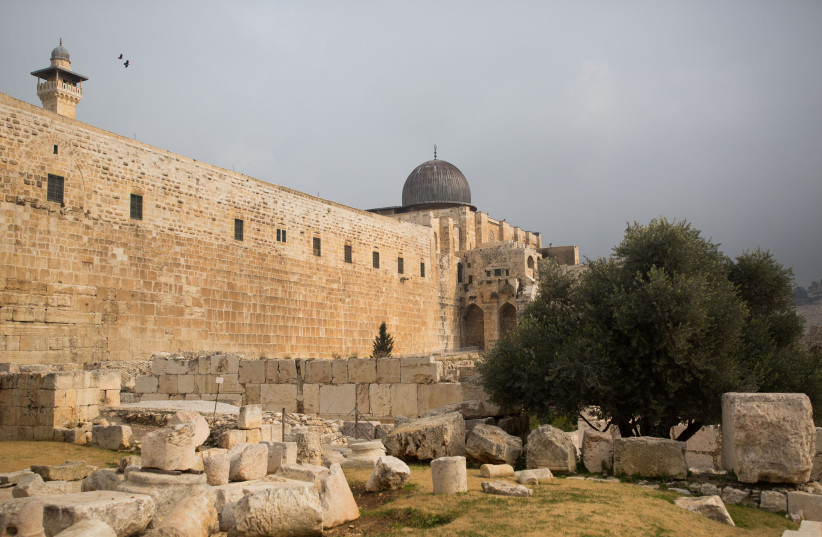Israeli archaeologists have uncovered a building that was decimated by fire during the Babylonian siege of Jerusalem in 586 BCE, according to a report published on July 22.
The findings were published in the peer-reviewed Journal of Archaeological Science.
The charred building’s remains, dubbed ‘Building 100’ by the researchers, underwent a variety of analyses to understand how the fire had started and how it had progressed through the structure. While researchers can only make an educated guess that the building was burned during the siege of Jerusalem, the intense damage caused to the massive structure supports their hypothesis.
Building 100 was once a large two-story home belonging to a member of Jerusalem’s elite, however, it was lost to time until it was discovered under a parking lot in the southeastern part of the ancient city.
The destruction of Jerusalem and Building 100
“Evidence in the debris of the building left no doubt regarding the presence of fire,” the archaeologists wrote.
“There was no visible indication as to whether it was intentional or accidental, and if intentional, where the fire started and how it spread.”

To try to decipher whether the fire had been deliberate, the researchers employed FITR spectrometry tests and archaeomagnetic analysis.
“The goal is to identify the intensity, direction, and origin of the fire that destroyed Building 100 in order to reconstruct the destruction process in detail, to determine whether the fire was intentional as part of the events of the Babylonian destruction, and to learn about the measures taken by the agents of this destruction in their treatment of this elite building,” the researchers explained.
The researchers searched the building for an ignition point, which would allow them to trace the spread of the fire through the building. They did this by measuring the magnetic signatures of pottery shards and broken floor panels. Through this line of study, the researchers uncovered that the fire had started on the top floor of the building, as the bottom floor had rooms that the fire had not reached. This meant the fire was likely intense but burnt out quickly.
“The widespread presence of charred remains suggests a deliberate destruction by fire, which was ignited at several locations in the top and bottom floors, with heat rising to burn the ceiling of the bottom floor,” the archaeologists explained. “The spread of the fire and the rapid collapse of the building indicate that the destroyers invested great efforts to completely demolish the building and take it out of use.”
As previously mentioned, the size of the building suggests it once belonged to an elite member of society. The researchers suggest it was highly likely that this building was targeted in an arson as a punitive measure for disobedience, which was common in the 30-month siege of the city. The Kingdom of Judeah had attempted a rebellion against the Babylonian invaders, and so the king of Neo-Babylon Nebuchadnezzar II had ordered that Jerusalem be destroyed as a result.
The significance of Building 100
The information this study has gathered is also felt to have significant value to followers of the Torah or the Old Testament, as it is a landmark from the period of the destruction of Jerusalem and the First Temple.
“Analysis of microscopic remains of fire has developed exceedingly in recent years, enabling archaeologists to examine new questions relating to the intensity of destruction events and to the circumstances of the creation of destruction layers,” the archaeologists wrote.
